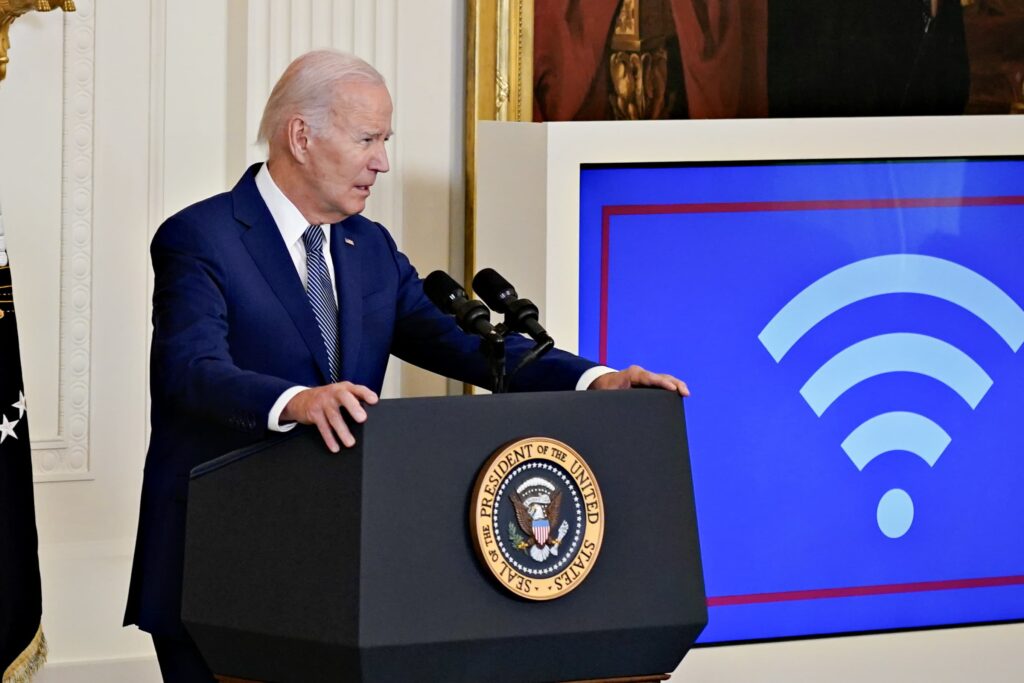|
Getting your Trinity Audio player ready...
|
In a significant move to meet the surging demand for wireless spectrum driven by advanced technologies and increasing U.S. wireless needs, the Biden administration announced on Monday a comprehensive strategy to free up additional spectrum. The initiative includes repurposing the spectrum currently allocated for certain federal government activities.
The White House revealed the release of a National Spectrum Strategy and a presidential memorandum aimed at modernizing U.S. spectrum policy. This strategic overhaul encompasses new measures to enhance spectrum management and access, featuring a study examining over 2,700 megahertz of spectrum for potential repurposing.
The demand for spectrum has witnessed a remarkable surge, fueled by emerging technologies such as connected vehicles, which require seamless communication with the internet and other vehicles. The White House noted that mobile U.S. wireless data traffic spiked by 38% in 2022, underscoring the urgency of addressing the increasing demand for spectrum resources.
Acknowledging the pivotal role of additional spectrum in facilitating next-generation wireless services and various advanced technologies, the White House emphasized the importance of innovations like 5G networks, precision agriculture, unmanned aerial vehicles, and even moon missions, all of which rely on substantial spectrum resources for operation.
The spectrum identified for potential repurposing significantly exceeds the National Telecommunications and Information Administration’s (NTIA) goal of 1,500 megahertz, set in March. The White House outlined that the spectrum in five bands could support a range of applications, including wireless broadband, drones, and satellite operations. The NTIA is tasked with completing its study within the next two years.
One of the key challenges addressed by the administration involves freeing up government-owned spectrum that agencies no longer require, establishing conflict resolution processes related to spectrum, and developing dynamic spectrum-sharing capabilities. The White House emphasized that future demand for spectrum-based services is expected to grow substantially across various commercial sectors.
The administration’s strategy document highlighted the significance of next-generation wireless technologies like 5G, 6G, and Wi-Fi, stressing the need for additional spectrum resources to accommodate wider channels. The benefits extend beyond increased capacity, encompassing enhanced energy efficiency, improved reliability, and reduced latency.
Additionally, the document noted the expanding demand for satellite-based services, with domestic companies filing license applications for satellite constellations to support consumer broadband and other applications. The Federal Communications Commission (FCC) had proposed making 5 GHz band spectrum available for the growing number of drones in January.
Looking ahead, the Biden administration aims to advance research, create investment incentives, and establish measurable goals to enhance spectrum access technology within the next 12 to 18 months. This includes the creation of spectrum test beds to drive innovation and progress in the spectrum access domain, reflecting a commitment to staying at the forefront of technological advancement.



